Notice
Principes architecturaux
- document 1 document 2 document 3
- niveau 1 niveau 2 niveau 3
Descriptif
Intéressons-nous aux principes architecturaux du Web notamment dans l'optique de voir comment on va les adpater pour aller vers un Web de données liées.
Intervention / Responsable scientifique
Thème
Documentation
Documents pédagogiques
POINTEURS ET RÉFÉRENCES
- "Uniform Resource Locators (URL), RFC Request for Comments 1738", T. Berners-Lee L. Masinter, M. McCahill, IETF, 1994
- URL Document at W3C
- "The Original HTTP as defined in 1991", T. Berners-Lee
- "Hypertext Transfer Protocol -- HTTP/1.0, RFC Request for Comments 1945", T. Berners-Lee, R. Fielding, H. Frystyk, IETF, 1996
- HTTP at W3C
- "Hypertext Markup Language - 2.0, RFC Request for Comments 1866", T. Berners-Lee, D. Connolly, IETF, 1995
- HTML at W3C
Dans la même collection
-
Standards et déploiement
GandonFabienFaronCatherineCorbyOlivierNous venons de voir les principes architecturaux du Web que l'on va adapter par la suite pour échanger des données liées. Mais ce qui est très important aussi dans ces principes, c'est leur
-
Démos d'un Web de données liées
GandonFabienFaronCatherineCorbyOlivierLes documentaires animaliers sur le site web de la BBC Le site Web de la BBC est structuré et augmenté par le Web de Données. En particulier la catégorisation des animaux pour organiser les
-
De la page à la ressource
GandonFabienFaronCatherineCorbyOlivierNous venons de voir comment, à partir du milieu des années 90, le Web a permis de séparer le fond de la forme et notamment comment on a permis de représenter n'importe quel type de document ou de
-
Brève histoire du web
GandonFabienFaronCatherineCorbyOlivierDans ce premier chapitre, nous allons voir comment nous sommes passés d'un Web documentaire à un Web de données. On va donc commencer par une brève histoire du Web pour voir d'où nous venons.
-
La pile de standardisation
GandonFabienFaronCatherineCorbyOlivierNous allons conclure ce premier chapitre en regardant la pile des standards qui va nous permettre de publier, d'interroger, de raisonner, de suivre, de tracer les différentes données sur le Web. Cette
-
Séparation du fond et de la forme
GandonFabienFaronCatherineCorbyOlivierOn vient de voir qu'en standardisant différents composants de l'architecture du Web, on allait s'assurer de l'intéropérabilité entre les clients et les serveurs sur le Web. On va maintenant regarder
-
Principes des données liées
GandonFabienFaronCatherineCorbyOlivierRésumons-nous. Nous avons vu deux tendances : une tendance à séparer le fond de la forme et donc à se doter de moyens d'échanger des documents et des données avec la structure que l'on veut, une
Avec les mêmes intervenants et intervenantes
-
4. Values, Types and Languages
GandonFabienFaronCatherineCorbyOlivierThis sequence is about the specificities of the RDF model related to typing literal values and resources in an RDF graph and indicating the
-
Demos about SPARQL
GandonFabienFaronCatherineCorbyOlivierFlint, a SPARQL Query Editor Editors are now available for SPARQL. We present the Flint structured editor which provides syntactic coloration. The editor proposes SPARQL keywords according to the
-
Conclusion of the MOOC Introduction to a Web of Linked Data
GandonFabienFaronCatherineCorbyOlivierThis video gives a summary of all the notions that have been presented in the 4 parts of the MOOC Introduction to a Web of Linked Data. We saw that we can use HTTP URIs to
-
1. RDF Graph Pattern Matching
GandonFabienFaronCatherineCorbyOlivierThis third part presents the SPARQL (pronounced sparkle) Query Language that enables users to query RDF triple stores. The SPARQL query language enables us to access data
-
3. From pages to resources
GandonFabienFaronCatherineCorbyOlivierIn this third part, we will see another evolution of the Web, or more precisely, an evolution of the way we use the Web. We will
-
7. RDF Schema
GandonFabienFaronCatherineCorbyOlivierThis sequence will introduce you to the RDF Schema, the standard to represent vocabularies to be used in RDF descriptions. In the
-
3. JSON-LD: JSON syntax for RDF
GandonFabienFaronCatherineCorbyOlivierJSON-LD is a JSON syntax for RDF. JSON stands for JavaScript Object Notation. It is a hierarchical structure of name-value pairs. It is
-
2. A Triple Model and a Graph Model
GandonFabienFaronCatherineCorbyOlivierThis sequence will introduce the principles of the RDF model. We will see that it is a triple model and a graph model. RDF stands for
-
4. Pre and Post Processing
GandonFabienFaronCatherineCorbyOlivierIn the fourth part, we will see the pre and post processing of a SPARQL query. An RDF dataset is composed of a default graph
-
6. LDP : a REST API to linked data
GandonFabienFaronCatherineCorbyOlivierThis part is about the Linked Data Platform standard which provides the REST API to link data. This is a set of standardized HTTP and RDF
-
4. Linked Data Principles
GandonFabienFaronCatherineCorbyOlivierIn this fourth part, we're going to see the principles behind Linked Data. What we're going to do is to change slightly how we
-
1. Historical Introduction to the Web Architecture
GandonFabienFaronCatherineCorbyOlivierGoing back in history, back in 1945, Vannevar Bush wrote an article entitled "As we may think". In this article, he
Sur le même thème
-
Participation et citoyenneté en régime numérique : vers de nouvelles dynamiques de recherche ? Vidé…
BoutéÉdouardMabiClémentLupoviciRaphaëlMichelLouiseDilé-ToustouJulesAubertRomainMobilisées en politique depuis plusieurs décennies (Vedel, 2006), les technologies de l’information et de la communication numérique (TICN), et notamment internet et le web connaissent au tournant des
-
Participation et citoyenneté en régime numérique : vers de nouvelles dynamiques de recherche ? Vide…
BoutéÉdouardDespontin LefèvreIrèneMabiClémentLupoviciRaphaëlMichelLouiseMobilisées en politique depuis plusieurs décennies (Vedel, 2006), les technologies de l’information et de la communication numérique (TICN), et notamment internet et le web connaissent au tournant des
-
L'art contemporain en temps de confinement
GirelSylviaLe 14 mars 2020 tous les lieux d’exposition sont sommés par décret de fermer leurs portes. L’art contemporain n’y échappe pas et comme la majorité des secteurs d’activités en France ce sera plusieurs
-
Controverses et médiatisation autour du halal
RigoniIsabelleSéance : Controverses et médiatisation " Vous avez dit halal ? " Normativités islamiques, mondialisation et sécularisation Colloque international, 7-8 novembre 2013, IISMM-EHESS, Salle Claude Lévi
-
Contourner la frontière par la toile. La fabrique d’un territoire communautaire par les nouvelles t…
MerzaEleonorePalestiniens et Israéliens deux décennies après Oslo : anatomie, vécus et mouvements d'une séparation Colloque du 17, 18 et 19 Février 2011, Maison méditerranéenne des sciences de l'homme, Aix-en
-
-
[COLLOQUE] Festival de l’intelligence artificielle Avignon 2021 table ronde 2
FESTIVAL de L’intelligence Artificielle le 18 et 19 Novembre 2021
-
[COLLOQUE] FrenchTech Grande Provence and LIAvignon : L’IA de demain
FESTIVAL de L’intelligence Artificielle le 18 et 19 Novembre2021
-
[COLLOQUE] Festival de l’intelligence artificielle Avignon 2021 table ronde 1
FESTIVAL de L’intelligence Artificielle le 18 et 19 Novembre 2021
-
[COLLOQUE] Festival de l’intelligence artificielle Avignon 2021 - Les assistants personnels vocaux,…
FESTIVAL de L’intelligence Artificielle le 18 et 19 Novembre 2021. Table ronde 3. Les assistants personnels vocaux, généralistes ou spécifiques ? Jusqu’où personnaliser les services ?
-
[COLLOQUE] Festival de l’intelligence artificielle Avignon 2021 introduction
FESTIVAL de L’intelligence Artificielle le 18 et 19 Novembre2021
-












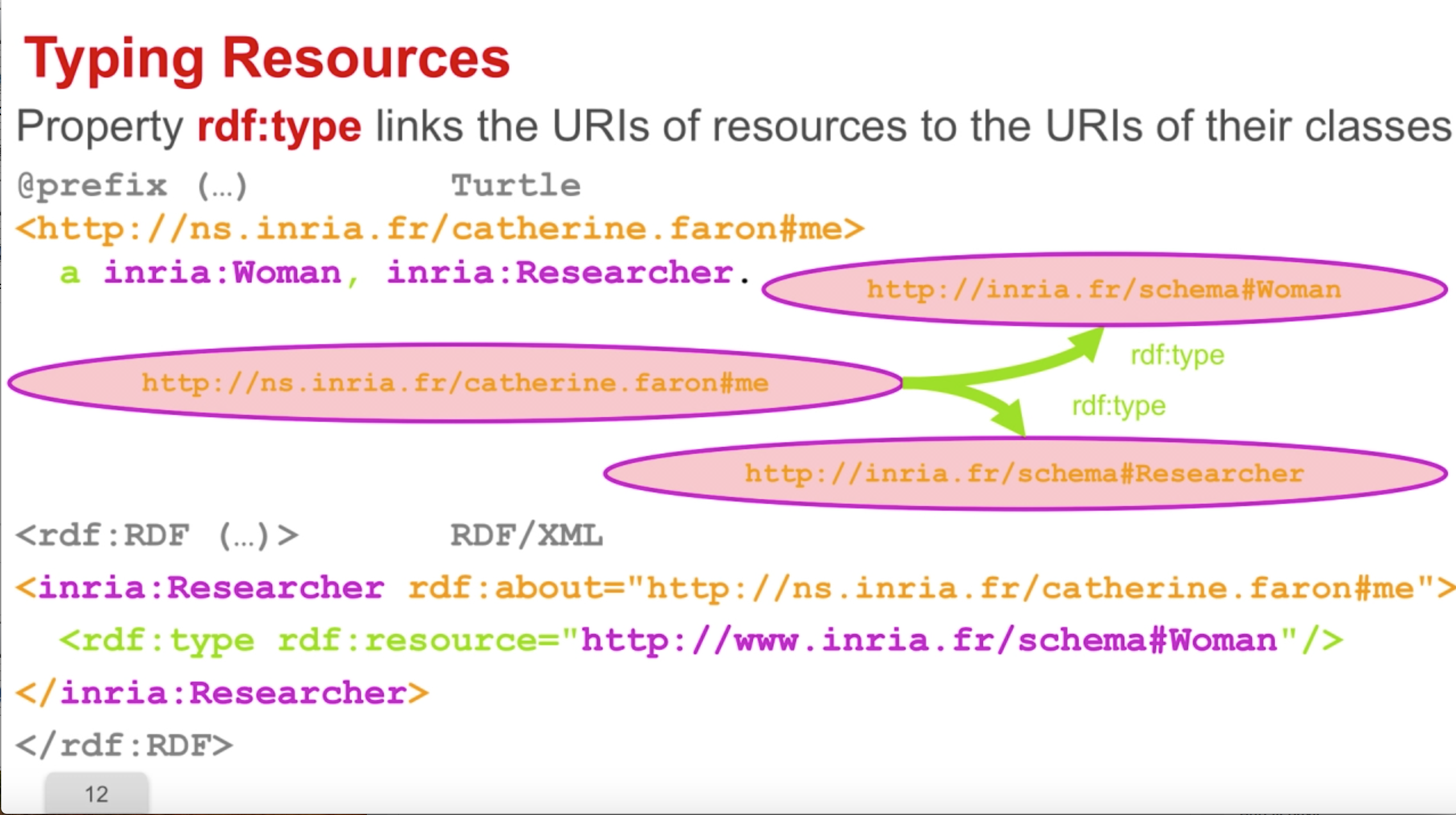


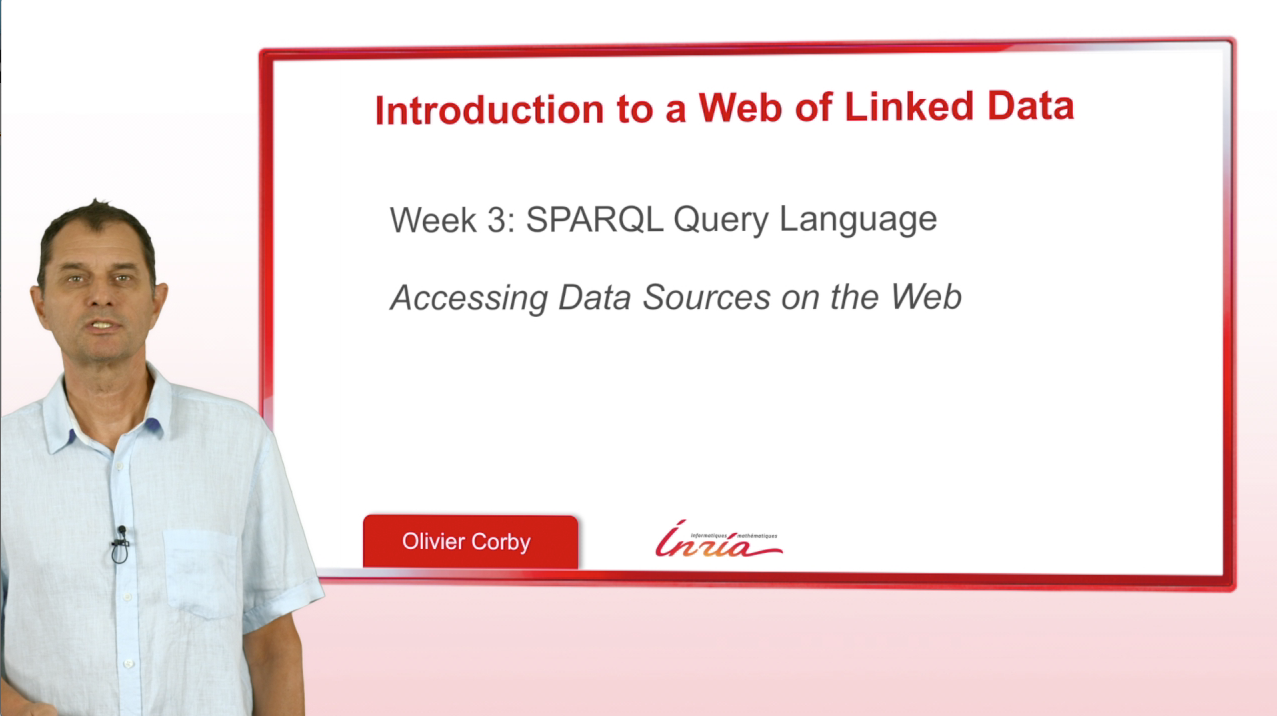





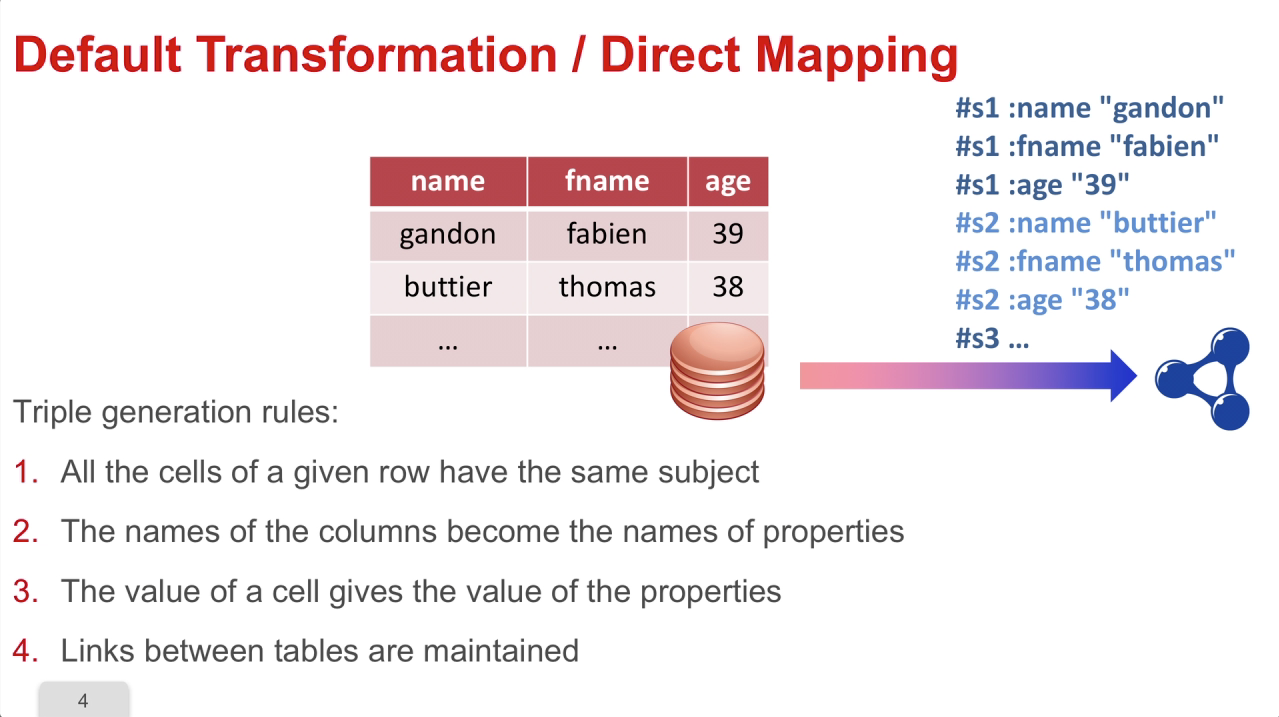
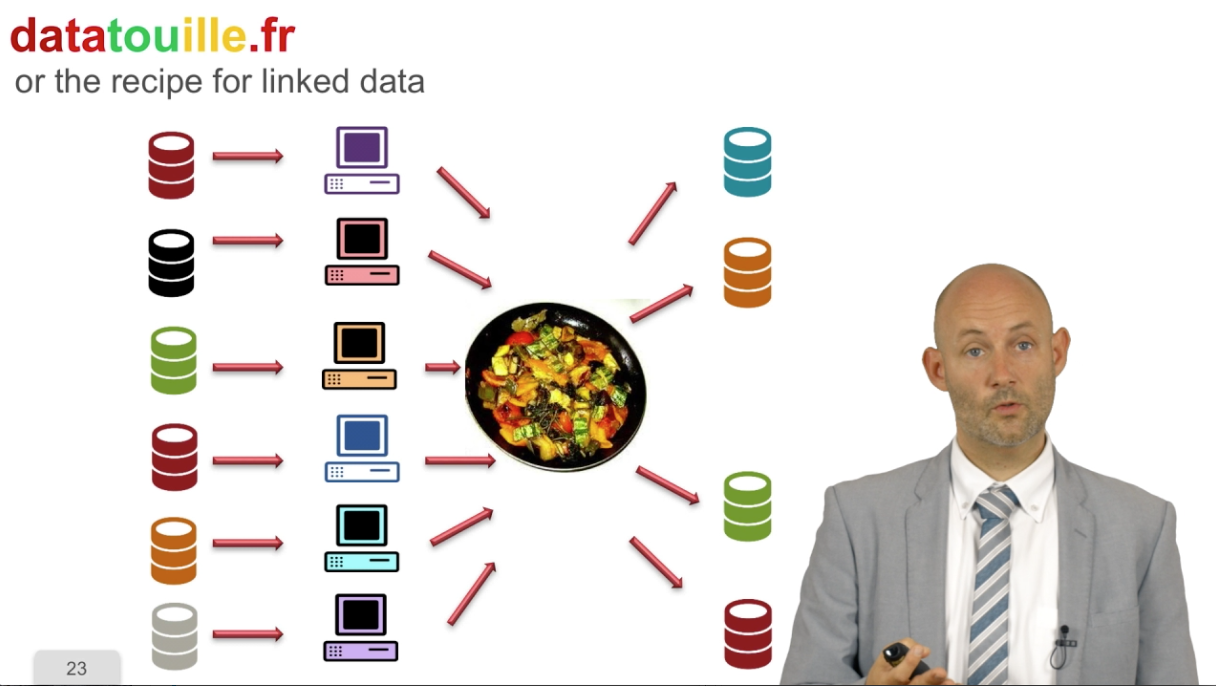
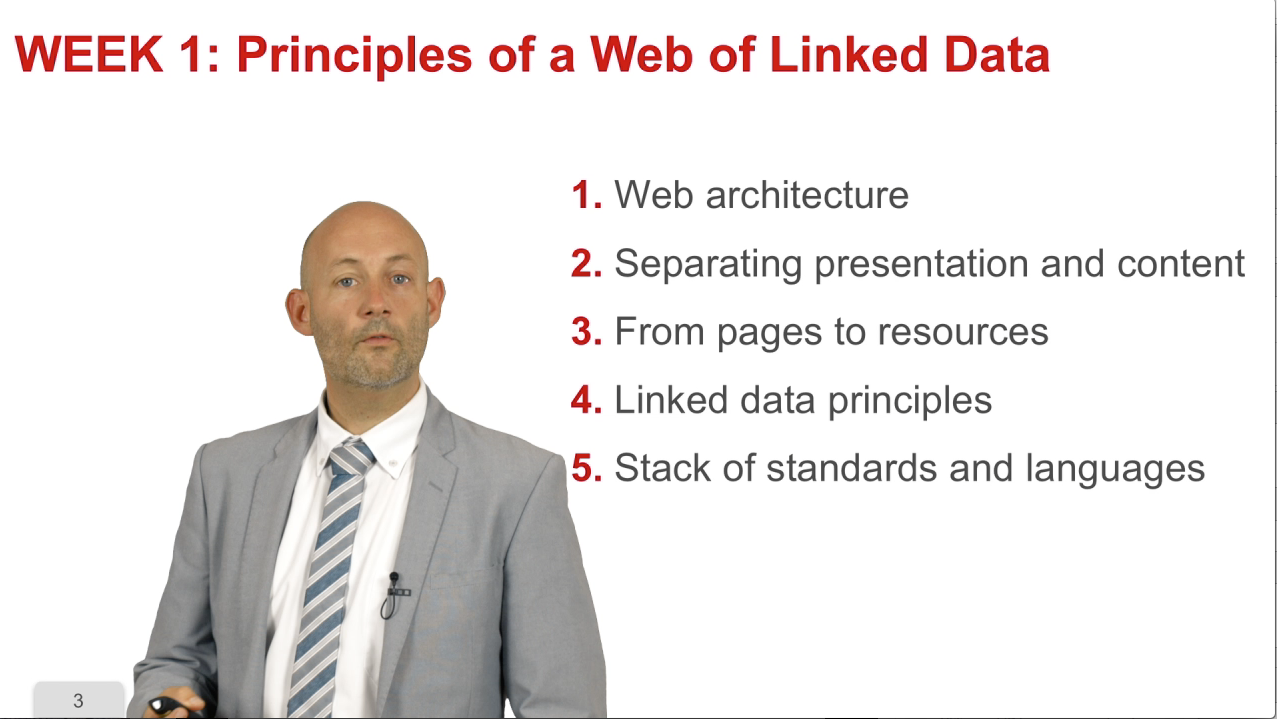
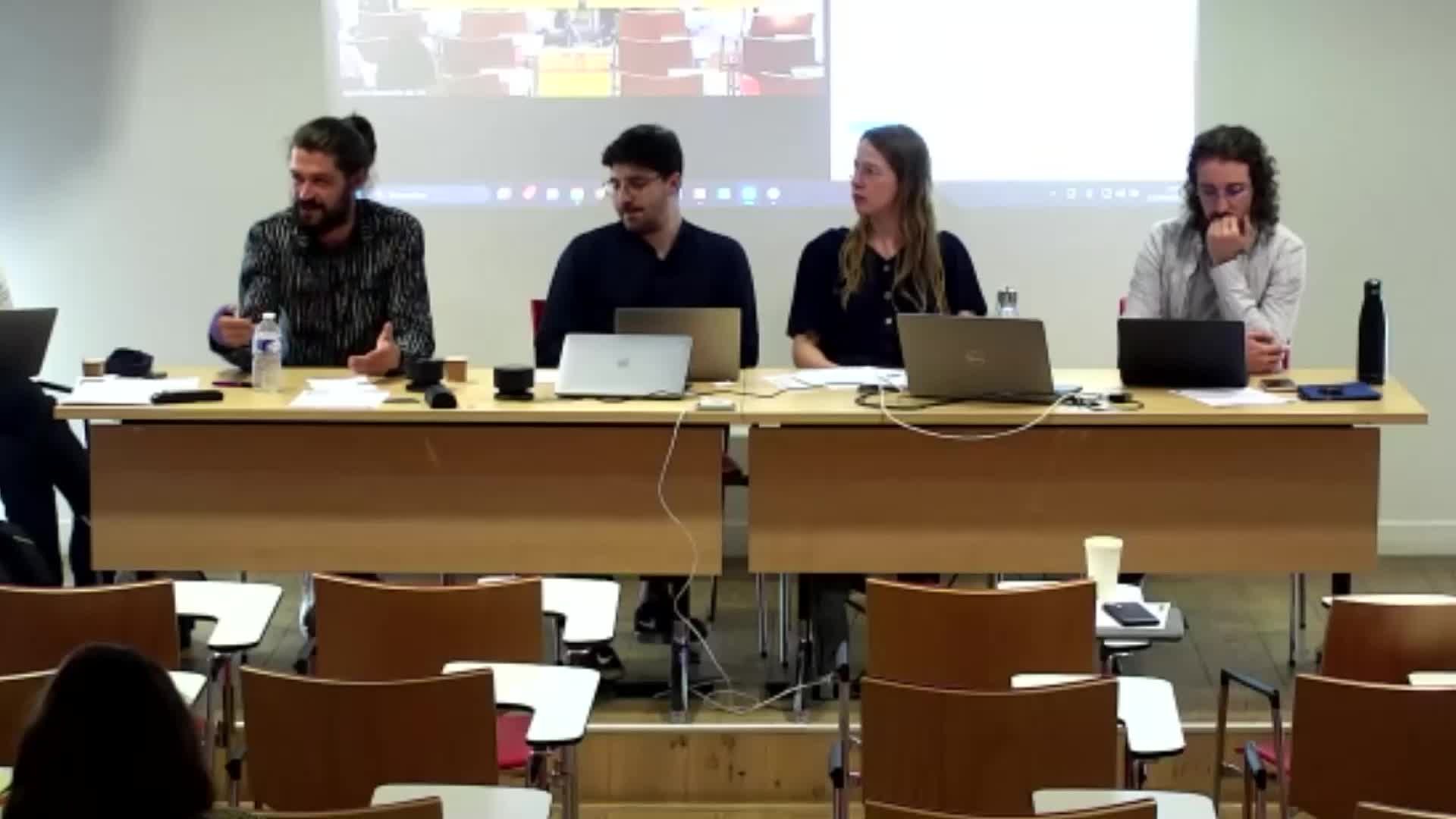

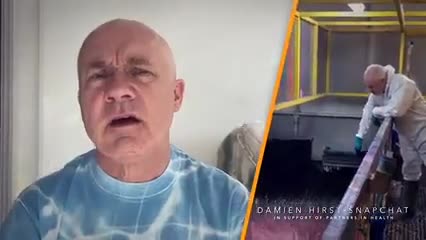
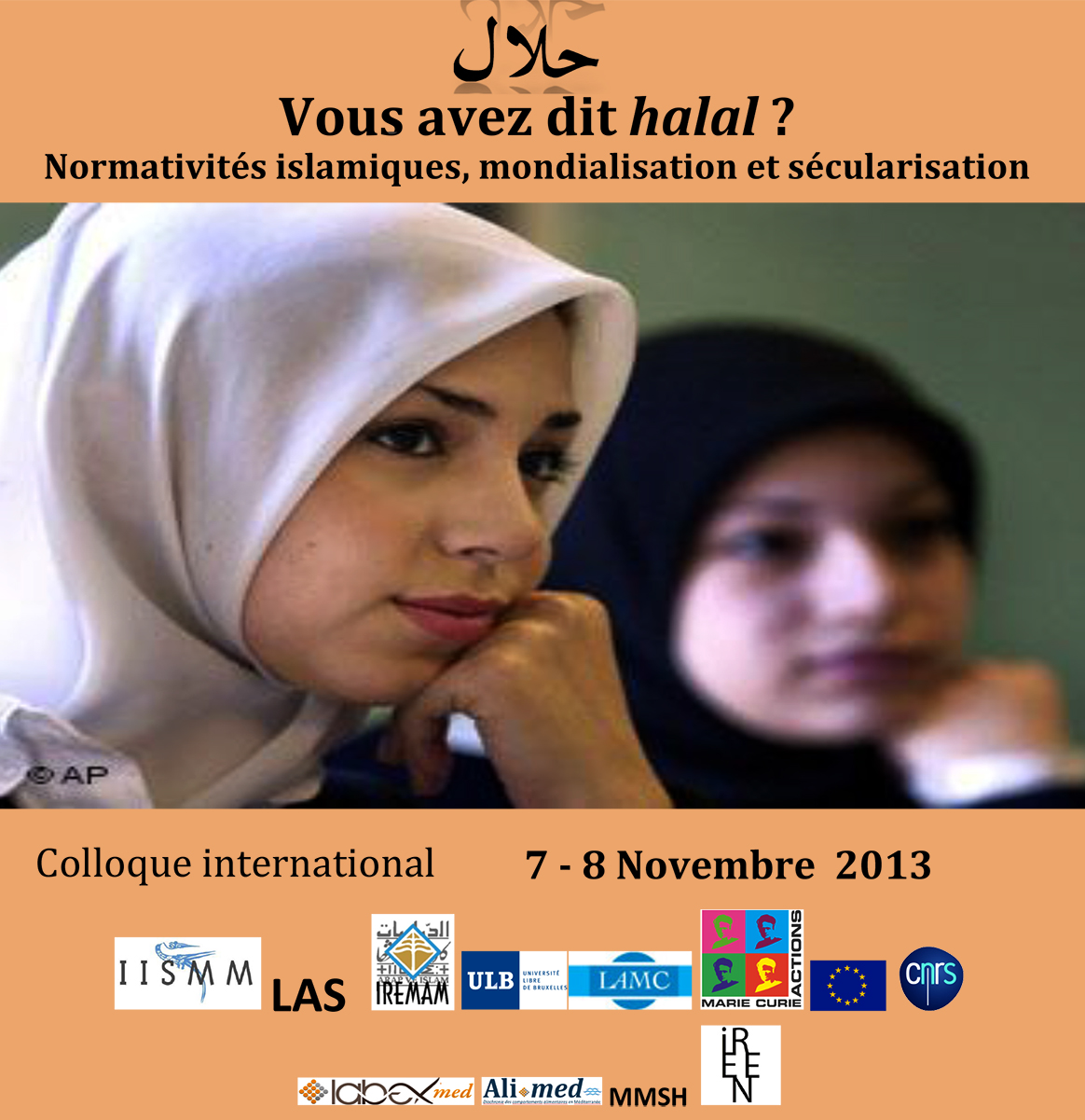
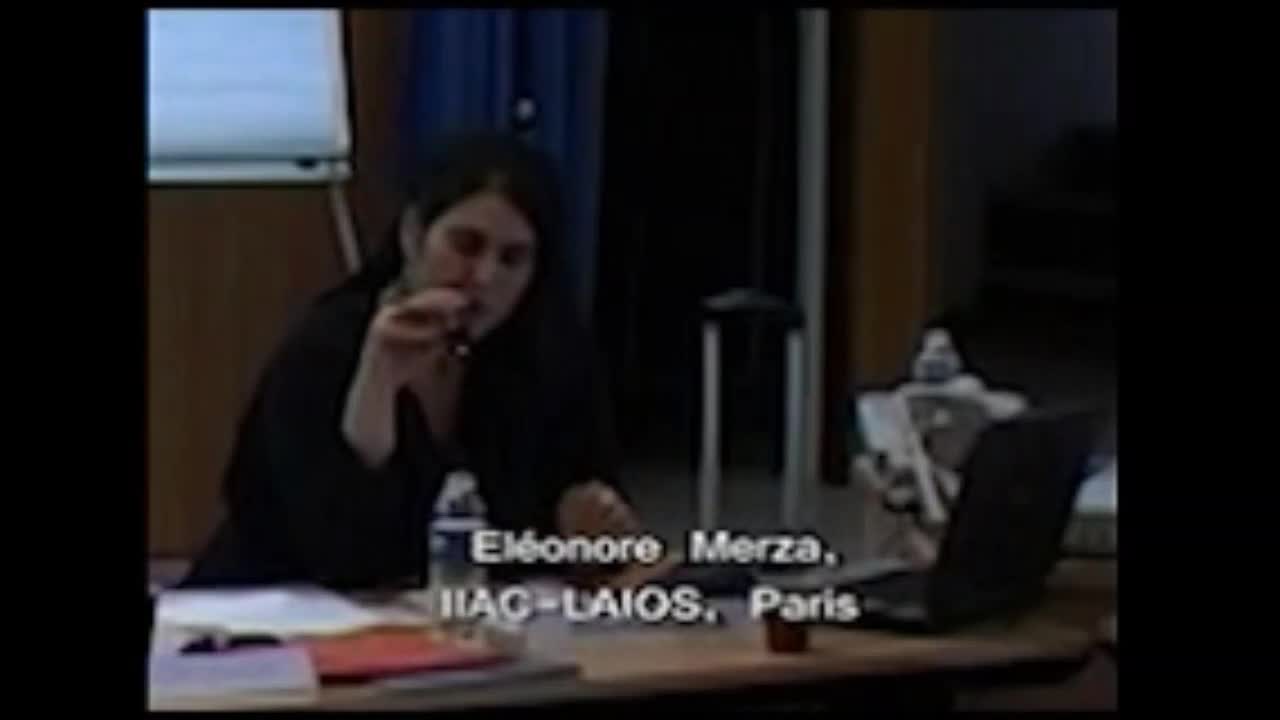
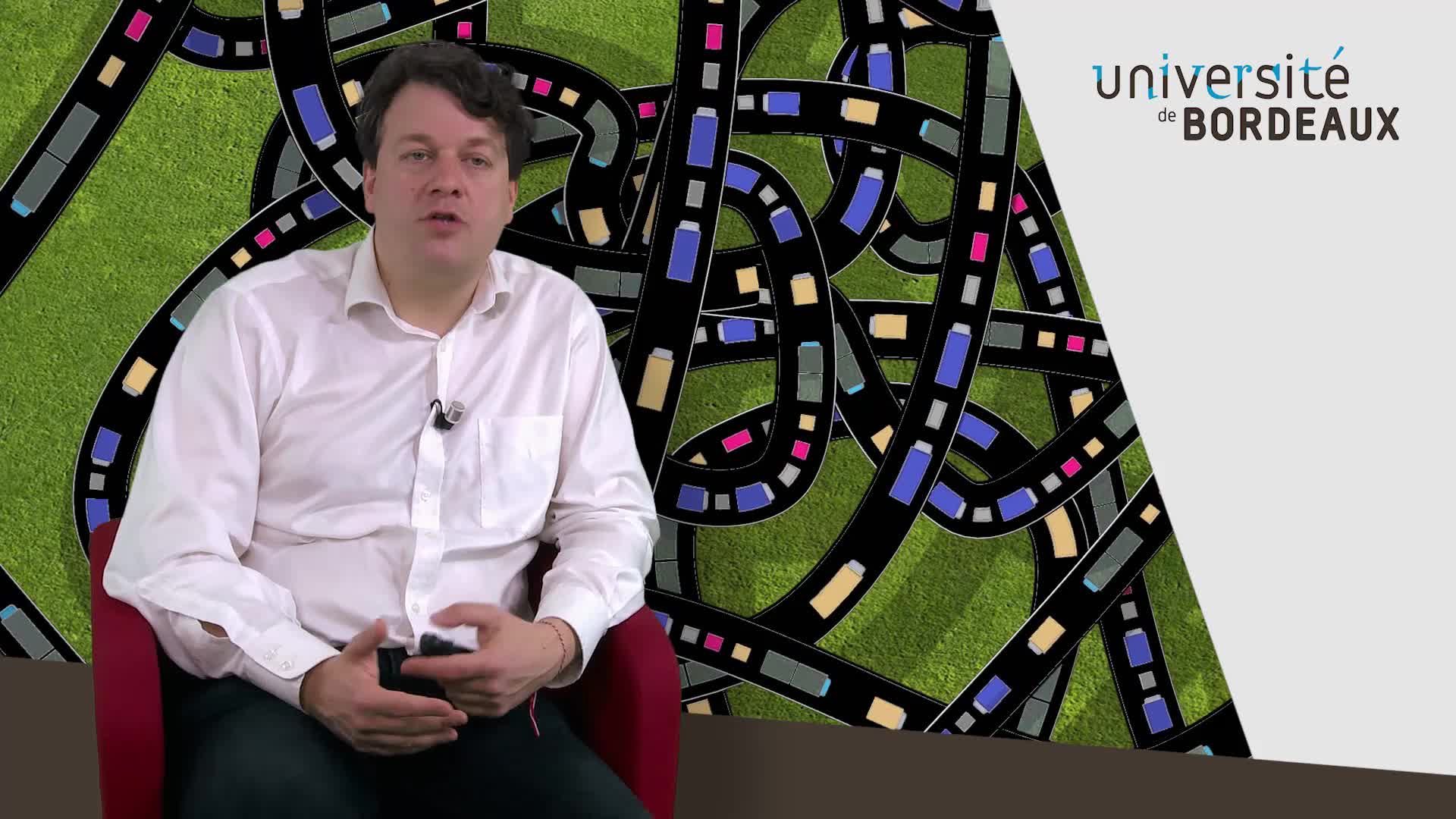
![[COLLOQUE] Festival de l’intelligence artificielle Avignon 2021 table ronde 2](https://vod.canal-u.tv/videos/media/images/universite_d_avignon_et_des_pays_de_vaucluse/.colloque.festival.de.l.intelligence.artificielle.avignon.2021.table.ronde.2_64807/vignette.jpg)
![[COLLOQUE] FrenchTech Grande Provence & LIAvignon : L’IA de demain](https://vod.canal-u.tv/videos/media/images/universite_d_avignon_et_des_pays_de_vaucluse/.colloque.frenchtech.grande.provence.liavignon.l.ia.de.demain_64813/vignette.jpg)
![[COLLOQUE] Festival de l’intelligence artificielle Avignon 2021 table ronde 1](https://vod.canal-u.tv/videos/media/images/universite_d_avignon_et_des_pays_de_vaucluse/.colloque.festival.de.l.intelligence.artificielle.avignon.2021_64135/vignette.jpg)
![[COLLOQUE] Festival de l’intelligence artificielle Avignon 2021 table ronde 3](https://vod.canal-u.tv/videos/media/images/universite_d_avignon_et_des_pays_de_vaucluse/.colloque.festival.de.l.intelligence.artificielle.avignon.2021.table.ronde.3_64809/vignette.jpg)
![[COLLOQUE] Festival de l’intelligence artificielle Avignon 2021 introduction](https://vod.canal-u.tv/videos/media/images/universite_d_avignon_et_des_pays_de_vaucluse/.colloque.festival.de.l.intelligence.artificielle.avignon.2021.introduction_64815/vignette.jpg)
![[COLLOQUE] Festival de l’intelligence artificielle Avignon 2021 Présentation de La chaire LIA Avignon](https://vod.canal-u.tv/videos/media/images/universite_d_avignon_et_des_pays_de_vaucluse/.colloque.festival.de.l.intelligence.artificielle.avignon.2021.presentation.de.la.chaire.lia.avignon_64811/vignette.jpg)